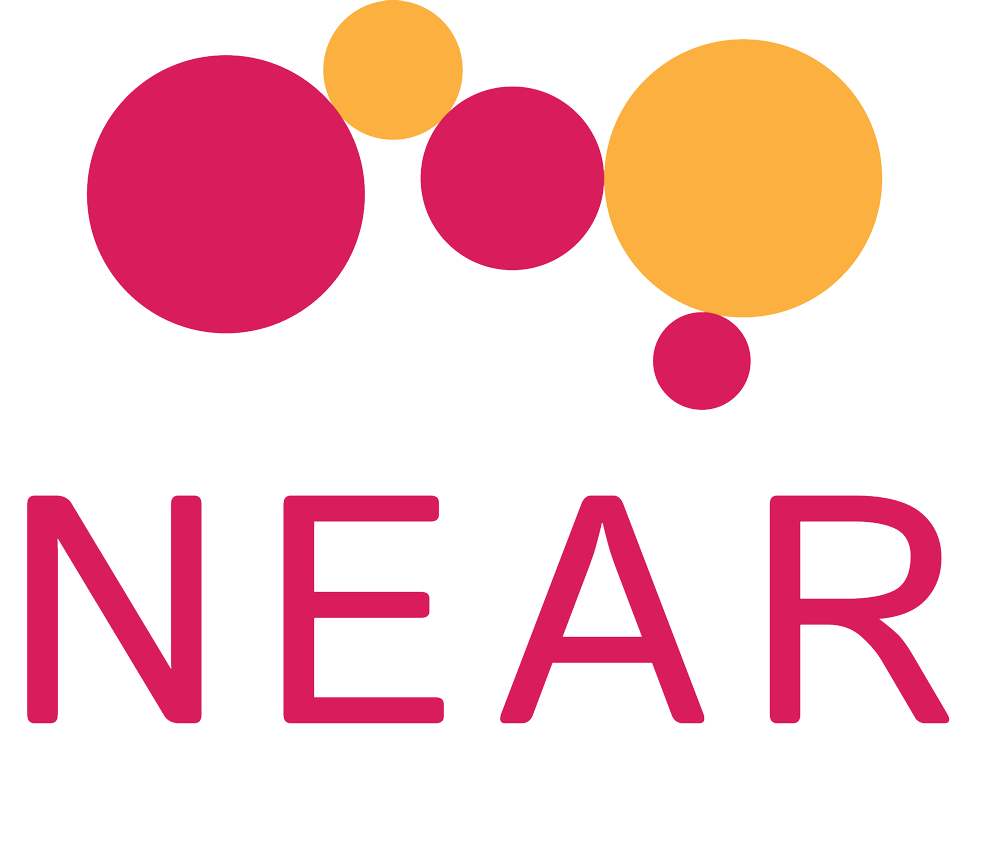by Abdul Latif Khan
The Secretary-General of the UN conferred that the humanitarian action should be ‘as local as possible, as international as necessary’ at the World Humanitarian Summit-2016. This call initiated the process of ‘localisation’ within the humanitarian community. Consequently, the UN agencies and a number of the international donor’s signed the commitments of Grand Bargain (GB), consequently some international organisations also signed the commitments of Charter for Change (C4C) and offered their support to the process and practice of localisation of humanitarian aid.
The consensus has been made that, ‘localisation’ refers as supporting the practice of locally-led humanitarian action. As a part of the process, the formal humanitarian sector has committed to ensure the enhanced opportunities in the field of funding, partnership values and accountability, institutional capacity strengthening and promoting roles and visibility in favour of the local organisations.
The L/NNGOs in Bangladesh have been engaging with localisation since the World Humanitarian Summit. Despite having a few debates, some progresses have already been made on localisation in the recent years. There have been several initiatives to identify this progress including implementation of the Localisation Performance Measurement Framework (LPMF) introduced by NEAR. In collaboration of NEAR, NAHAB is implementing the adaptation and contextualisation of the framework (LPMF) to measure the progress of the localisation process through its selected members in Bangladesh.
National Alliance of Humanitarian Actors Bangladesh (NAHAB) is working to promote the localisation practice from its inception in 2017 in Bangladesh. This alliance is currently working with 58 L/NNGOs, including 10 C4C endorsers in Bangladesh. NAHAB has been working with a focus on seven strategic priorities namely-
1. Strengthening capacity of humanitarian actors,
2. Information and knowledge management,
3. Fostering Coordination,
4. Networking among humanitarian actors,
5. Working with government,
6. Advocacy at all levels and
7. Resource mobilisation.
In connection to all, NAHAB have developed a localisation roadmap (please see here) with an aim to enable the effective humanitarian responses mechanism. NAHAB is representing local and national organisations in the Humanitarian Coordination Task Team (HCTT), a body for coordinating the humanitarian actions in Bangladesh. The alliance has supported the Grand Bargain Localisation Workstream Demonstrator Country Field Mission to Bangladesh in 2018 to understand the status of localisation practice in its localisation model districts (Sunamgonj and Kurigram) (please see the report here). Recently, NAHAB has conducted a perception survey on C4C commitments for the endorsers and presented Bangladesh position (e-paper) regarding localisation practice in the C4C Annual Meeting 2020.
The LPMF needed to be adapted, contextualised and validated from a Bangladeshi perspective. NAHAB has translated and contextualised the framework in Bangla and had it validated by its member through a consultative process. The framework has been introduced to 24 selected organisations from diversified geographical locations for pilot implementation of the adapted LMPF. There are several insights gathered from the implementation of the contextualised framework. Few of those are explored here:
Local Leadership is the key to any emergency response program, especially to address relationships with affected communities, understand their needs, engage with the local context, leading to swift and impactful decisions. No interventions can be impactful without community involvement.
Contextualisation, Simplification and Translation in local language are key for any tool to be effective and embraced by a broader number of L/NNGOS. In every case, it should be piloted before implementation. The implementation of the LPMF has revealed the importance of a pilot phase with a few L/NNGOs before involving the wider membership.
We can learn from the different aid system to improve the localisation process and its impact of the L/NNGOs; the development sector shows that long term and strategic partnerships yield better results in terms of institutional capacity building.
The opportunities of active participation for the L/NNGOs in the decision making process need to be enhanced. In most cases, the final decisions are made by the donor and the lead agencies and the reflections of the local partners are overlooked.
There is a huge gap in aid transparency. The local partners are not informed the total budget of the project, except the allocation for the field implementation. However, the local partners have to bear all the risks in case of any failure.
The INGOs have less interest to promote the proper visibility of L/NNGOs. Instead, they shared their activities and lesson learned to the wider community without mentioning the credit of the local partners.
Achieving localisation requires engagement and work of all the stakeholders. The sense of mutual trust, honour and the complementarity should be increased for yielding the expected outcome of the process to strengthening the humanitarian action.
The practice of localisation is still at the early stage in Bangladesh. NEAR and NAHAB agreed to explore more to identify the progress and the way forward in coming years engaging the wider community.
If you want to know more about NAHAB, engage with them, you can write to us nahabsecretariat@gmail.com, or visit our website http://www.nahab.net/

